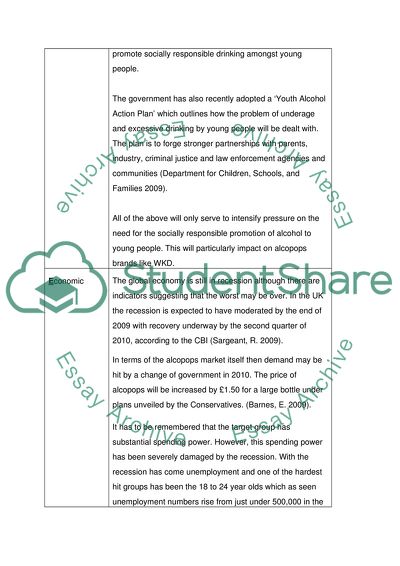Cite this document
(WKD Brand in the UK Alcopops Market Case Study Example | Topics and Well Written Essays - 2000 words, n.d.)
WKD Brand in the UK Alcopops Market Case Study Example | Topics and Well Written Essays - 2000 words. Retrieved from https://studentshare.org/marketing/1728403-case-study-based-essay
WKD Brand in the UK Alcopops Market Case Study Example | Topics and Well Written Essays - 2000 words. Retrieved from https://studentshare.org/marketing/1728403-case-study-based-essay
(WKD Brand in the UK Alcopops Market Case Study Example | Topics and Well Written Essays - 2000 Words)
WKD Brand in the UK Alcopops Market Case Study Example | Topics and Well Written Essays - 2000 Words. https://studentshare.org/marketing/1728403-case-study-based-essay.
WKD Brand in the UK Alcopops Market Case Study Example | Topics and Well Written Essays - 2000 Words. https://studentshare.org/marketing/1728403-case-study-based-essay.
“WKD Brand in the UK Alcopops Market Case Study Example | Topics and Well Written Essays - 2000 Words”. https://studentshare.org/marketing/1728403-case-study-based-essay.


